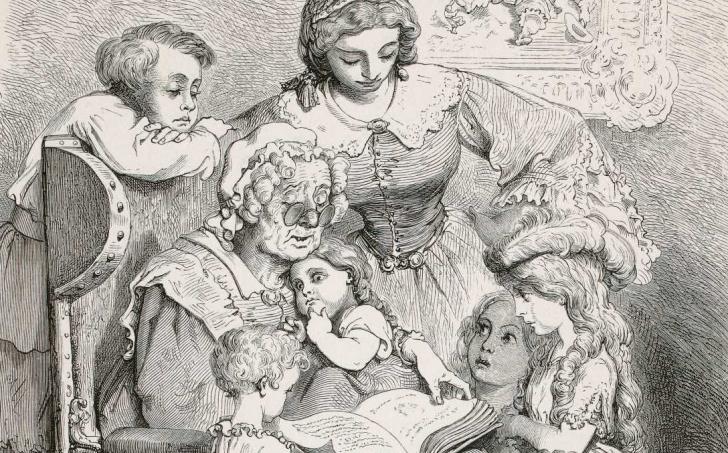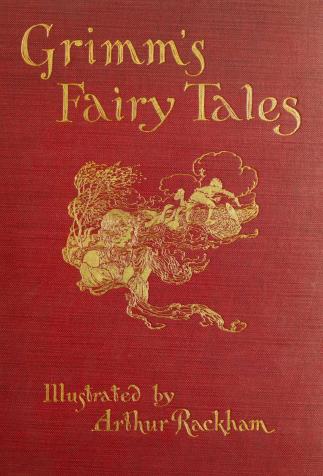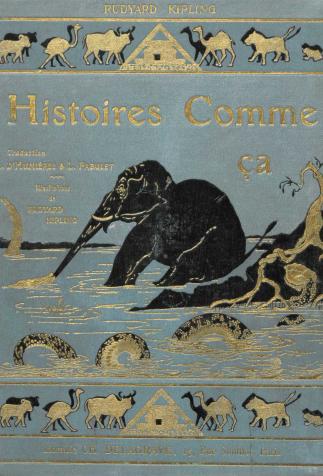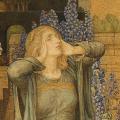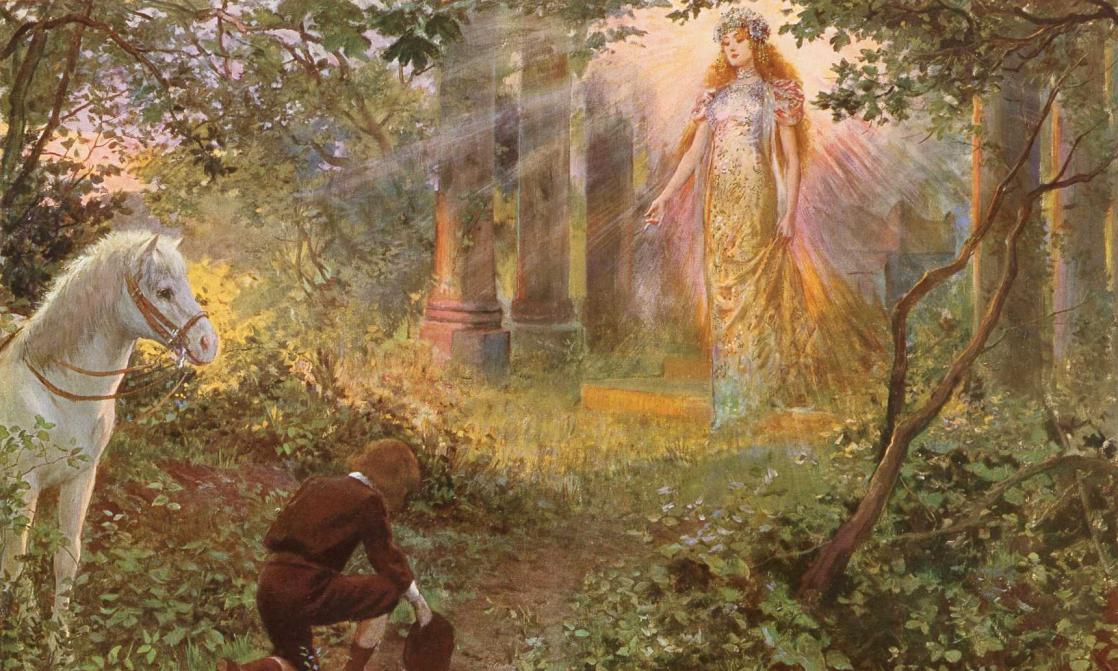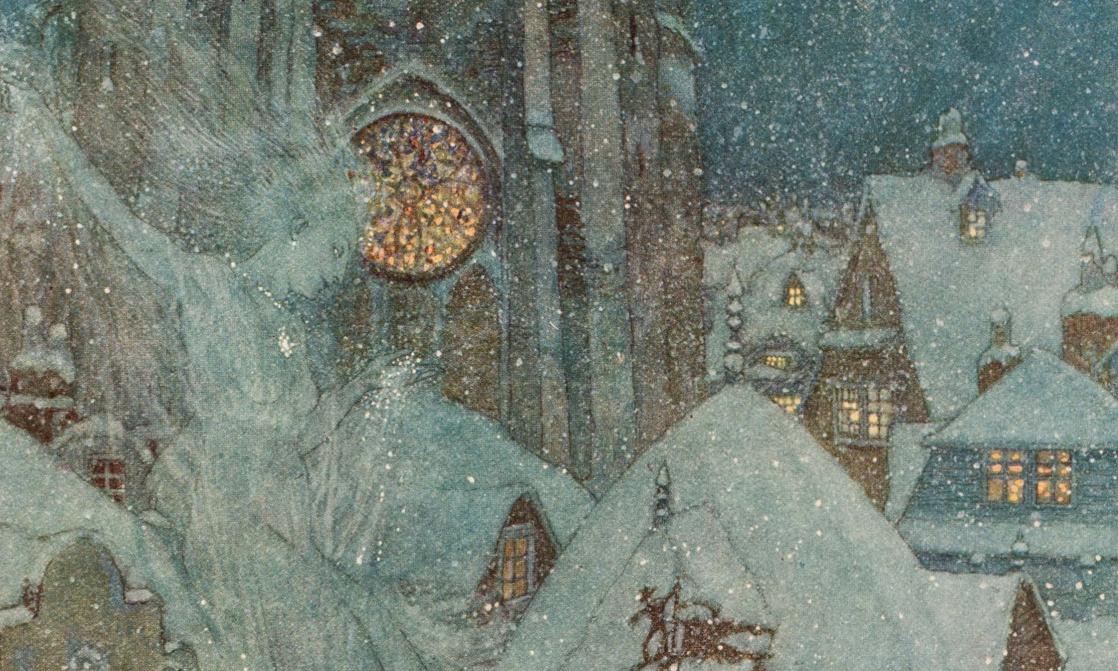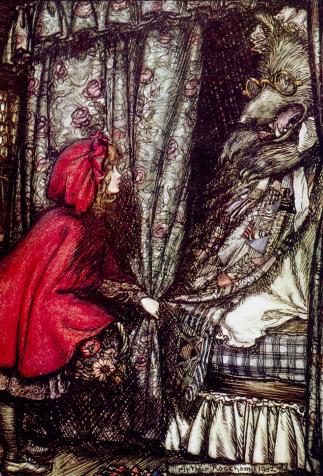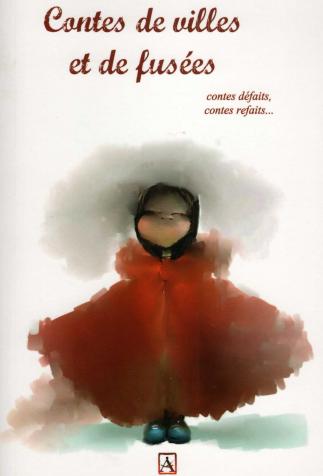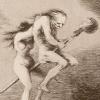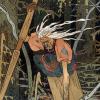From Fairy Tales to Fantasy: Anatomy of A Lineage
Fairy tales’ influences on fantasy are countless. Yet although the two genres are clearly related, key differences do distinguish them.
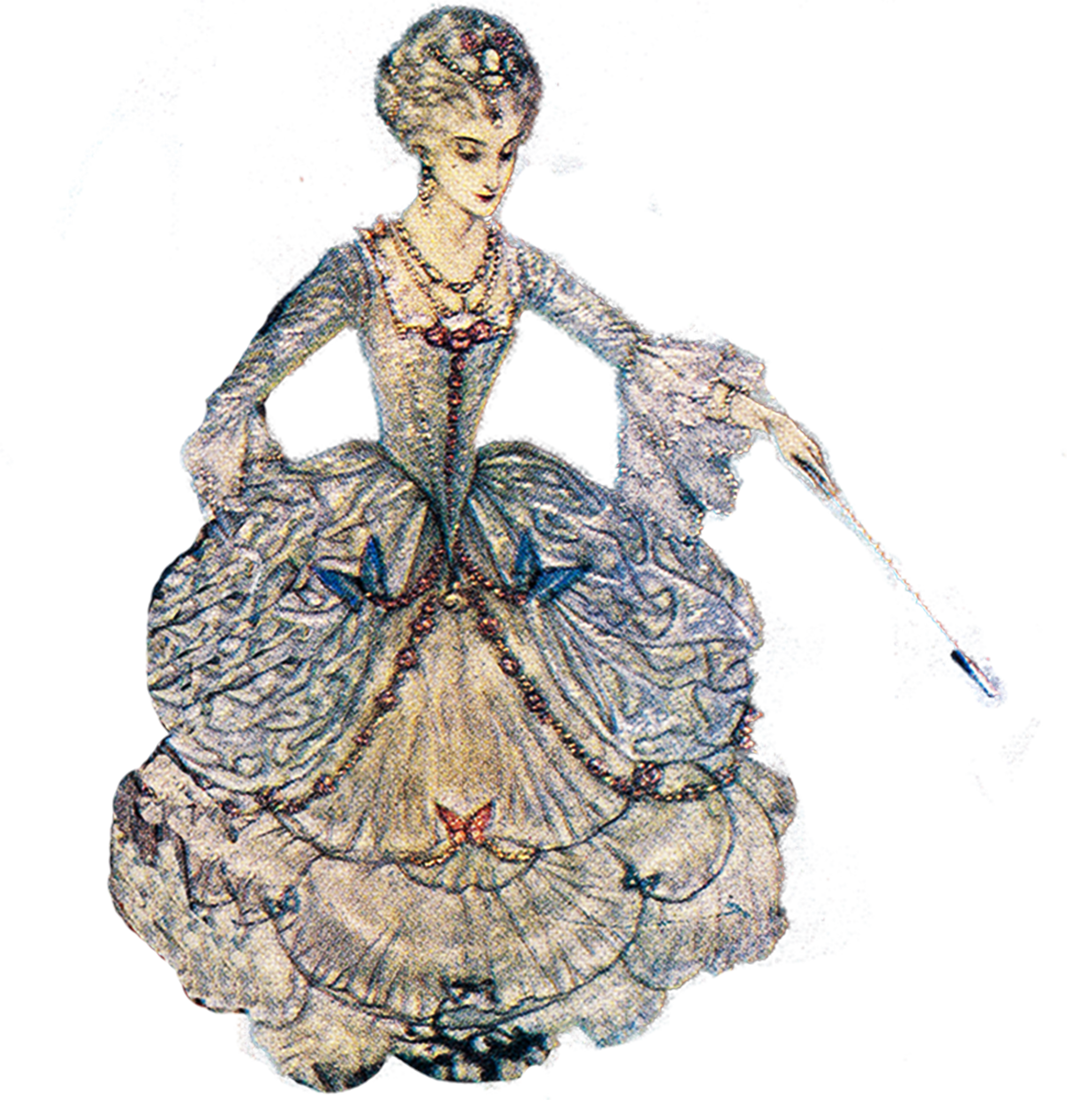

While fairy tales and other legends belong to folklore – term that was coined to replace more scholarly ones, like “popular antiquities,” to describe the oral cultural traditions (lore) of the rural populace (folk) – anyone who is looking to buy a children’s book can see how popular they still are in young people’s cultural environment.
Tales and legends are generally recognized as belonging to an ages-old oral tradition. Nevertheless, the emergence of magical tales is a literary phenomenon, far from the simple, rural origins we often imagine. Charles Perrault was one of the first authors to take hold of the genre, with his Contes de ma Mère l’Oye (“Tales of Mother Goose” 1697), but he was writing for an aristocratic readership of (young) adults looking for entertainment. It was not until the mid-eighteenth century that fairy tales would be thought of primarily as stories for children, and that their folk roots would be studied. The Brothers Grimm published their famous collection of fairy tales in Germany in 1812.
Fairy Tales’ Importance in Fantasy
In late nineteenth-century England, Andrew Lang’s twelve collections of fairy tales, known as The Langs’ Fairy Books or Andrew Lang’s Fairy Books of Many Colours (because there was The Blue Fairy Book, The Red Fairy Book, etc., 1889-1910), were a reference for young Victorians, in an era in which childhood itself became both romanticized and mythicized. That period – which produced Lewis Carroll’s and James Barrie’s classic tales, as well as stories that could be moral; entertaining – like Rudyard Kipling’s Just-So Stories (1902); or terrifying, like Lucy Clifford’s “New Mother” (Anyhow Stories, 1882) – is still seen as a golden age for children’s literature and for English tales of marvels and wonders.
Faerie contains many things besides elves and fays, and besides dwarfs, witches, trolls, giants, or dragons: it holds the seas, the sun, the moon, the sky; and the earth, and all things that are in it: [...]
Fantasy emerged at that precisely that moment, and its earliest texts were inspired directly by that sort of tale. Yet fairy tales’ real influence on the genre’s origins is rarely acknowledged. This is largely because of J.R.R. Tolkien, who wrote an analytical essay called On Fairy Stories, (1947, based on a conference given in 1939), in which he distanced himself from the sentimentality of what he described as “the age of childhood sentiment.”
In the essay, Tolkien proposes a very noble definition of Faerie, which gives a fleeting, but powerfully credible glimpse of what, according to him, the “evangelium” achieves: that "Joy, joy beyond the walls of the world” that allows us to see reality in a renewed and cleansed light, and offers “consolation” for its sorrow.
A Clear Lineage...
Fairy tales are short and extremely codified. The time-honored opening line, "Once upon a time," immediately situates us at some distance from the real world, and makes us receptive to the familiar stages of the “narrative schema” adapted from Vladimir Propp’s research (Morphology of the Folktale, 1928), or the “actantial model,” in which the characters are resolved into abstract character functions: the hero or heroine, usually young and/or in need of something (riches, love), who must stand up to his or her enemies (the ogre, the wicked step-mother), and is assisted by helpers (often fairies or animals).
Fantasy, on the other hand, is defined by the the length and diversity of its models and forms, which often span lengthy novels, cycles and series. Its creativity is based on building complete, compelling worlds. It grasps the clichéd stuff of fairy tales and embroiders endless variations upon it.
That might mean toying with space-time: the timeless thatched cottage yields to large, modern cities, like London in Neverwhere (Neil Gaiman, 1996). Another angle that offers a wealth of options is the rehabilitation of traditional villains. Their stereotypical portrayal can be deepened, flying in the face of moral over-simplification and leading to a kind of empathy from readers. Rehabilitation of witches can be found in the musical Wicked (Stephen Schwartz, 2003) and the film Maleficent (Robert Stromberg, 2014), which provides Sleeping Beauty’s stepmother’s backstory.
...With Key Differences
Fairy tales and fantasy have certain characters (dwarves, elves, monsters and more) and and elements (such as magical items) in common, as well as structures and archetypes, since fantasy aims to be the latest avatar of timeless stories. Fantasy covets fairy tales’ “origin narrative” aura, as those narratives lend themselves to bringing intimate impulses and existential interrogations to the surface, enabling access to invariants that are no longer simply narrative, but anthropological and psychoanalytic as well, as Bruno Bettelheim made clear in his seminal work, The Uses of Enchantment: The Meaning and Importance of Fairy Tales (1976).
Fantasy may contain traces of initiatory, coming-of-age structures – such as quests and other trials – as well as examples of narratives’ compensatory role in Freudian “family novels,” fantasies of “magical” powers that are always put into perspective. In Harry Potter (J.K. Rowling, 1997-2007), for example, a poor, unloved orphan who is reminiscent of fairy-tale characters like Cinderella and The Ugly Duckling soon takes his rightful place in the world where he belongs, and where he is honored and respected like a rich, famous prince. But his journey is far from over, and that euphoric, fairy-tale path turns out to be largely misleading. In that sense, Harry also illustrates the “initiatory” trajectory, in the weak sense, whose prototype can be found in fairy tales’ plot lines, including, most notably, a symbolic death, which turns out to be a decisive stage.
New Issues for New Audiences
Since the dawn of the twentieth century, fairy-tale-inspired fantasy has displayed the particularity of addressing teens and “young adults” without forgetting their connection to childhood. Because it is long-lasting, fantasy orchestrates a confrontation between the magic of fairy-tales and ageing, modernity, and reality. Even the “live action” versions of classic animated Disney films have that effect. They abandon the child-pleasing format, and help the films “grow up,” b, for example, introducing a gay character, as in the screenplay for 2017’s Beauty and the Beast.
Similarly, the main trend in the fairy-tale fantasy sub-genre consists in dark, violent and sensual reinterpretations of magical fairy tales, which are meant for a sophisticated audience. The idea is to strip the tale of its naïve aspect in order to expose the powerful archetypes it was concealing. The modern fairy-tale anthologies published by Terri Windling and Ellen Datlow are emblematic of that vein, which highlights female and feminist voices.
Anti-Escapism
Urban fantasy and dark fantasy (which borders on horror) have been reinterpreting fairy tales in every media. Bill Willingham’s comics series Fables (since 2002) and the TV show Once Upon a Time (Edward Kitsis and Adam Horowitz, 2011-2018) and Grimm (David Greenwalt and Jim Kouf, 2011-2017), both explored the theme of fairy-tale characters’ living among us. Hit films aimed at a teen audience, like Red Riding Hood (Catherine Hardwicke, 2011), Snow White and the Huntsman (Rupert Sanders, 2012) and Hansel and Gretel: Witch Hunters (Tommy Wirkola, 2013), feature black magic and bloody fighting.
Other writers and directors have taken a different route, revisiting fairy tale clichés with sophomoric humor. In Tarsem Singh’s poster for Snow White (2012), for example, fairy-tale conventions are both echoed and parodied with garish colors. The Shrek animated films (Andrew Adamson, Christopher Miller and Mike Mitchell, since 2001), which totally confound viewers’ expectations, and the film Enchanted (Kevin Lima, 2008), in which Disney Studios toyed with clichés from two oft-intertwined genres, fairy tales and rom-com, are other examples of this.
As one last option for reinterpreting, fantasy can use fairy tales as a way to confront nostalgia for readers or viewers’ lost innocence, as in The Book of Lost Things, by the Irish author John Connolly (2006), and German author Cornelia Funke’s Reckless series (since 2010). Both feature young heroes who have become prisoners of their own escapes into the world of fairy tales, which turns out to be cruel and dangerous.
No matter what, the bond between fairy tales and childhood is what distinguishes them from fantasy’s other sources: the genre reminds us that fairy tales are less inoffensive than they seem, and that the danger they represent becomes the temptation of escapism into endless childhood.
